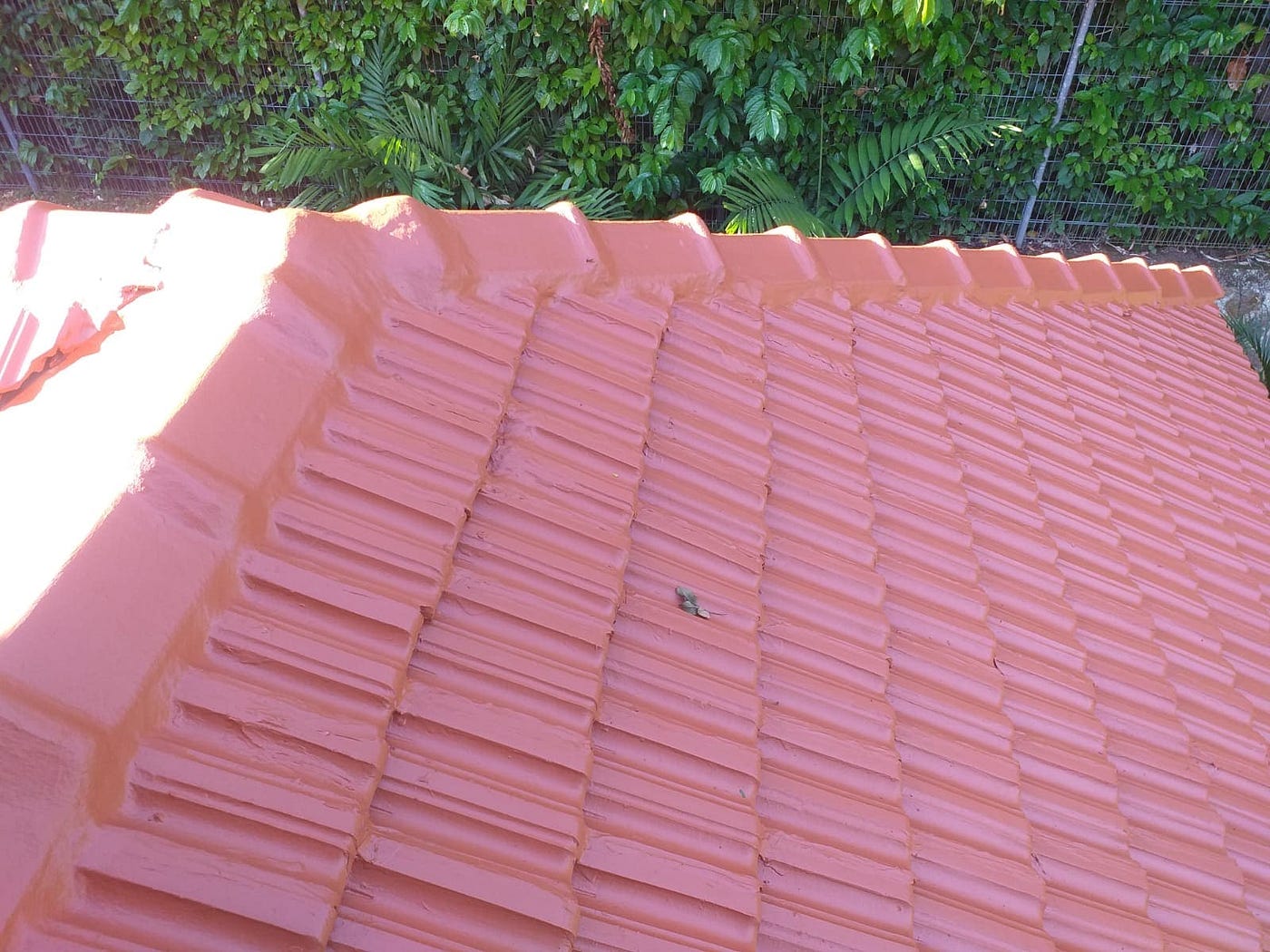Impasto Technique: Must Know Method of Oil Painting on Canvas

In modern art, the Italian word ‘Impasto’ (mixture or glue) means a painting style that denotes undiluted paint applied thickly onto the canvas or board. When using this impasto technique, the painter frequently blends color on the canvas itself to accomplish the necessary shading.
Oil painting on canvas is generally fit to the impasto technique, because of the consistency of oils, their thickness and average drying time, even though acrylic paint can be applied in the impasto style. Gum based paint is too thin to even think about being impastoed without including thickening operators.
Table of Contents
How Impasto Works:
As art admirers, we usually see the finished art, the final product of the artists. Some painting procedures make us notice the artist’s technique and draw attention to consider how the paint was applied to the canvas.Impasto is one of these procedures. By using color to the painting as thickly as possible, keeping the first brush marks noticeable, painters can make sensational individual visualizations while likewise helping us remember the energy and the expertise that went into the act of creation.
Impasto Technique:
Like other known painting methods, the use of impasto developed from the painter’s discovery of the characteristics of oil paint, which was the standard medium in Western artwork during the Renaissance. Oil paint dries gradually, permitting painters to develop it thickly, or in layers. To make unusually thick and sensational impasto, the color might be applied with a palette blade rather than a brush.Make sure to load your brush with a lot of paint and spread it generously on the canvas. Alternatively, the palette knife is a fantastic tool for making dense strokes of color incomparable with paints. The oil is removed from the paint and becomes dense, bottle-like consistency, which is ideal for imposto painting.
Excellent dusts such as marble dust will give the paint added elasticity. This will allow you to get ‘string’ effects with the paint as it spreads across your substrate with a palette knife.
To make the paint much pastier, painters occasionally added wax or different substances to it. Little is known without a doubt about how the Baroque Period specialists, who spearheaded the impasto method, blended their paints. Yet, some theorize that they may have included varnish or that the white lead’s coarse surface as a shading agent improved the surface. The Baroque Era’s painters frequently used impasto related to different procedures, making a broad scope of surfaces and impacts in solitary work.
Painting Medium for Impasto Painting Technique:
If you ask any painter, what the best painting standard for impasto painting technique is, they will first opt for oil paints for the excellent painting strategy. Even though acrylics are another alternative for this one and gouache paint too. The qualities and creation of colors matter with regards to the impasto technique is predominantly portrayed in modern art painting.
Numerous artists have delighted in and exploited this impasto technique to make such feelings for their fine arts and paintings. This excellent way to deal with how you can control the thickness of the oil paint or acrylic has given personality two distinct artists how they express their styles and inclination to painting.Since then, they have become famous for such unique and modern art techniques.
Use of Impasto Technique like a Pro:
There are various strategies for working with an impasto procedure that relies upon the style and inclination of an artist. In any case, paying little attention to what style and desire it is, there will consistently be a few standards applied that is as normal and customary as the rest.
- One of the fundamental methods for an impasto procedure is to ensure that you use thick paint that is applied legitimately from the tube or blended on your canvas palette to your artistic creation surface. There are a few painters who weaken or meager their paints while ensuring that it is still thick enough for the ideal texture.
- The painter knife or palette blade is perhaps the best material to use for an impasto technique. There are still some painters who use paintbrushes for their impasto strategy, like the level brush or any fake brush bristles accessible. This kind of paintbrush permits the craftsman to gather paint on their fibers for the impasto procedure.
- An artist gets the opportunity to have extra information through each painting procedure by continually working on them and doing it without fail. That way, you get acclimated with the impacts and know where you can improve your aptitudes after some time.
Vincent Van Gogh is an artist who is famous for using the most imposto technique. His brushing was very dominant in his paintings and the true signature of his work. His brush gives a sense of function and movement in his paintings.
Benefits of Impasto Painting Technique:
- You can create a textured surface with your picked painting medium. This makes a distinctive yet potent artwork with the use of the components of art by its correct standards.
- Impasto technique offers accentuation to the emotions that the artist needs to pass on to its viewers with the right element of arrangement through the thick surface of the artwork.
- The special yet thorough three-dimensional work of art surface exhibits the excellence of what the painter needs to pass on through folds and lines made. Impressionist artist has exploited the numerous advantages that this artistic creation procedure can offer.
Today there are various painting mediums that you can use to make the surface intended to be for an impasto technique. With the use of acrylics, gouache paint, and oil paint, there are more choices for the nice paintings that can be created.





